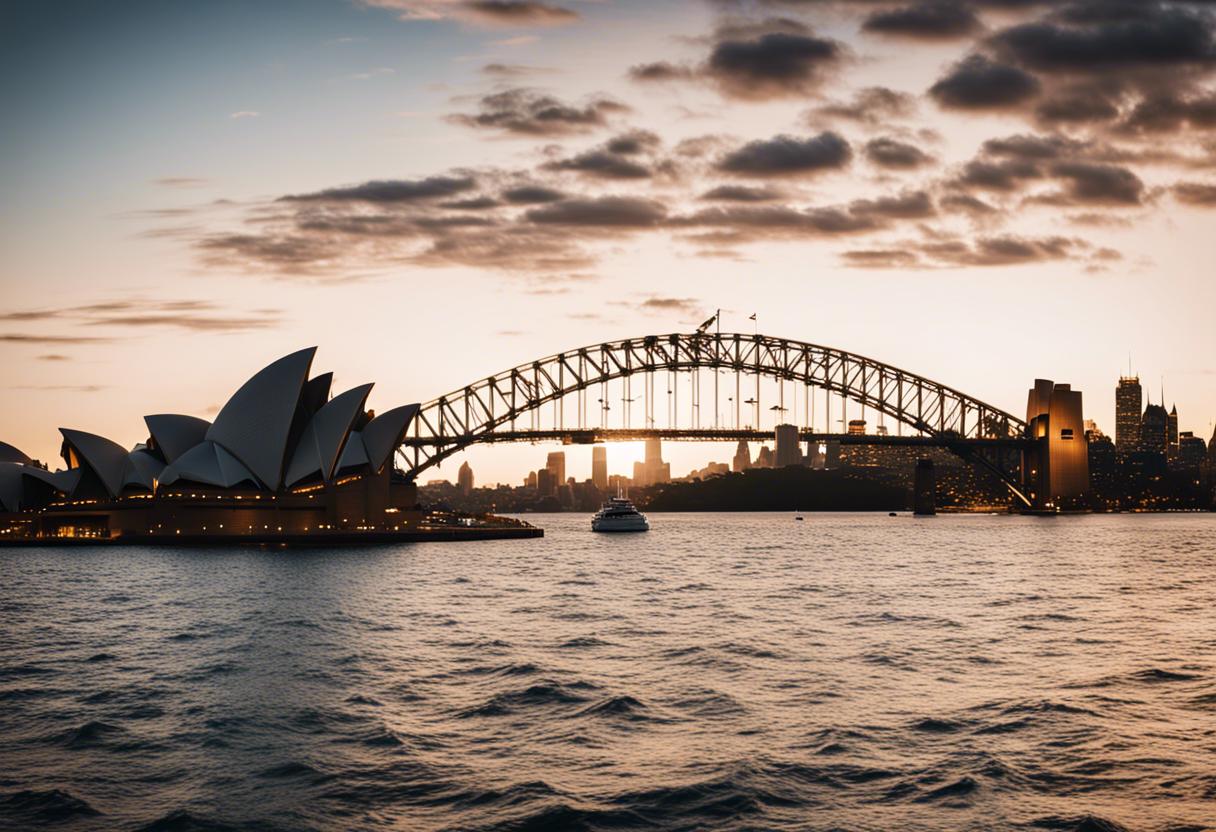Sydney Madge Gifford, the youngest sibling of the twelve children of Frederick Gifford, a wealthy solicitor, and Isabella Burton, was born on August 3rd, 1889, at Temple Villas, Rathmines, Dublin. While her father was a Catholic, her mother was a Protestant, which influenced the religious upbringing of their children. The Gifford sisters, particularly Grace, are acknowledged figures in the annals of Irish history. Grace became notably renowned after marrying Joseph Plunkett, a signatory of the 1916 Proclamation, on the eve of his execution. Muriel, another sister, who was married to another 1916 execution victim – Thomas MacDonagh, is also a recognisable figure in Irish history, though less so than Grace.
Despite their parents’ conservative and unionist leanings, a number of the Gifford daughters deviated from this path and embraced radical, nationalist politics. Interestingly enough, this wasn’t the case for any of the boys in the family.
Sydney’s education started at Alexandra College, then located in Earlsfort Terrace, before progressing to the Leinster School of Music. Through her interactions with writer and poet Seumas O’Sullivan, whom she got acquainted with at his father’s pharmacy on Rathmines Road, she began making contributions to nationalist newspapers, notably Arthur Griffith’s Sinn Féin journal.
While interacting with George Russell (AE), Sydney met many authors active in the Irish literary renaissance. She indulged in writing herself, though under a disguise – a pseudonym “John Brennan”. She stated that this choice was influenced by her belief that the name, which sounded like a strong farmer’s name from Wexford, would be received with more respect than her own, and it would also help keep her conservative family members in the dark about her writing journey.
Sydney got involved with Maud Gonne’s group – Inghinidhe na hÉireann, and aided in launching its newspaper, Bean na hÉireann. Her writings on the platform covered an array of subjects, from highlighting the ill-treatment of women at work to writing on more light-hearted topics like fashion and gardening. In 1910, the group initiated a project to avail meals for deprived children in Dublin, and Sydney invested a lot of her time and effort into it. She went on to become a member of the Sinn Féin executive in the subsequent year. Sydney, who had established herself as a journalist, broadcaster, and activist for labour and nationalism, unfortunately passed away 50 years ago, on September 15th, 1974.
Joining the Irish Women’s Franchise League, she immersed herself in the struggle for women’s voting rights, actively contributing to league endeavours and to the publication, Irish Citizen. The union between her sister Muriel and Thomas MacDonagh propelled her radical streak, as she subsequently submitted pieces for the Irish Republican Brotherhood’s press, Irish Freedom. Anticipating enhanced prospects for women in journalism, she relocated to New York in 1914.
Tom Clarke, an old Fenian attempted to dissuade her from venturing to America, and handed her a letter introducing her to John Devoy, the chief of Clan na Gael, the American sector of the IRB. However, she found Devoy’s assistance lacking and failed to secure work at his newspaper, the Gaelic American.
Nonetheless, other Irish affiliates in America, such as Padraic and Mary Colum, who she previously met in Ireland courtesy of Thomas MacDonagh, proved more favourable. They linked her up with prominent Irish-Americans. She was deeply involved in campaigns to prevent US participation in the European war and facilitated Nora Connolly, James Connolly’s daughter, in reaching out to German diplomats based in the US. She established the inaugural American branch of Cumann na mBan, an Irish volunteer auxiliary group for women, and submitted writings to newspapers including the New York Sun and Patrick Ford’s Irish World. Her influence led to the latter switching allegiance from the Irish Parliamentary Party to Sinn Féin.
Her sisters, Muriel MacDonagh and Grace Plunkett, were widowed following the 1916 Rising , while another sister, Nellie, actually partook in the historical event, aligned with the Irish Citizen Army’s St Stephen’s Green division. Sydney was unable to journey back to Ireland as British officials declined her passport request, so she supported the ongoing independence movement through directing the pro-Sinn Féin Progressive League’s New York establishment.
During her American sojourn, she wedded a Hungarian immigrant, Arpad Czira, and subsequently worked in Philadelphia for Patrick McGarrity’s Irish Press. She finally made her way back to Ireland in 1922, along with her son Finian, at which point her husband had reverted to his home country, Hungary.
Being an objector to the Anglo-Irish Treaty, she participated in the Women’s Prisoners’ Defence League, an organisation protesting against the unjust treatment of Anti-Treaty prisoners during the Civil War. She remained committed to journalism, hosting programmes on the freshly inaugurated 2RN (which later became Radio Éireann) station. Despite disagreements with her government employers leading to a temporary halt in her broadcasting role in the late 1920s, she resumed her position in 1932. In the aftermath of the Second World War, she along with Dorothy Macardle, coordinated the aid of transporting German refugee children to Ireland.
Her memories and experiences were later documented in a book titled ‘The Years Flew By’, released posthumously during the year of her demise. This book offers a significant, personal perspective on key individuals who were pivotal in the fight for Irish independence.

